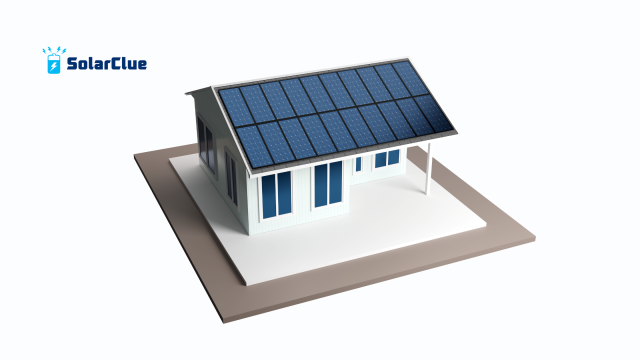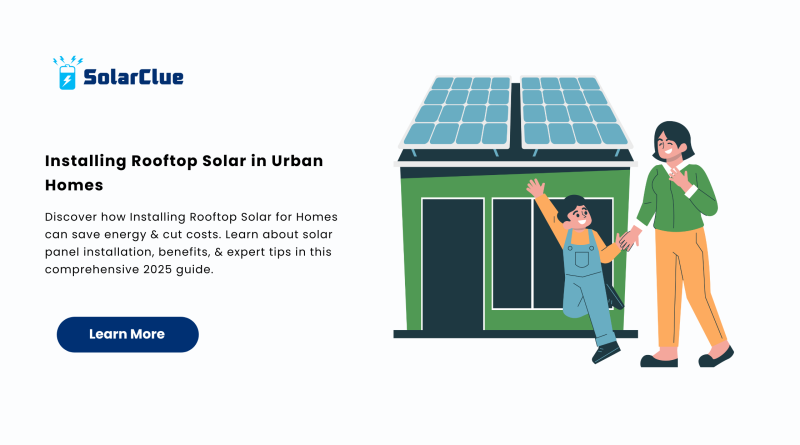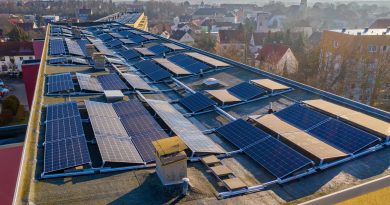Installing Rooftop Solar in Urban Homes
Urban homeowners are increasingly turning to Installing Rooftop Solar as a sustainable solution to rising electricity costs and growing environmental concerns. By converting sunlight into usable electricity, solar panel installation reduces dependence on grid power and significantly lowers utility bills.
Table of Contents
- 1 What Is Rooftop Solar and How Does It Work?
- 2 Key Benefits of Installing Rooftop Solar for Homes
- 3 Is Your Urban Home Suitable for Rooftop Solar?
- 4 Cost of Installing Rooftop Solar in Urban Areas
- 5 Government Subsidies and Incentives
- 6 Steps to Install Rooftop Solar Panels at Home
- 7 Choosing the Right Rooftop Solar System
- 8 Common Myths About Rooftop Solar
- 9 Key Considerations Before Installation
- 10 Leading Brands and Technologies in India
- 11 SolarClue’s Role in Rooftop Solar Adoption
- 12 Expert Tips to Maximize Solar Efficiency
- 13 Monitoring and Maintenance Simplified
- 14 Final Thoughts: Empowering Urban Homes with Rooftop Solar
- 15 FAQs
What Is Rooftop Solar and How Does It Work?
A rooftop solar panel system consists of photovoltaic (PV) modules mounted on a home’s roof. These panels capture sunlight and convert it into direct current (DC), which is then transformed into alternating current (AC) via an inverter. This AC electricity powers your home, and excess energy can be sent back to the grid.
Key Benefits of Installing Rooftop Solar for Homes
1. Slash Your Electricity Bills
Once installed, a solar panel system can drastically reduce or even eliminate your monthly electricity costs.
2. Increase Property Value
Homes with solar panel installation tend to attract more buyers and command higher prices due to long-term energy savings.
3. Enjoy Energy Independence
By generating your own electricity, you become less reliant on public utilities and price fluctuations.
4. Eco-Friendly Lifestyle
Installing Rooftop Solar for homes cuts down your carbon footprint and promotes a greener environment.
Is Your Urban Home Suitable for Rooftop Solar?
Roof Size and Direction
An unobstructed south-facing roof is ideal for solar energy capture. Flat and sloped roofs can both support rooftop solar panel systems with the right mounting.
Shading and Obstructions
Nearby buildings or trees that cast shadows can reduce efficiency. A site assessment helps determine your roof’s suitability.
Local Regulations
Some urban areas have zoning laws or aesthetic restrictions. Always check with your municipality before proceeding.
Cost of Installing Rooftop Solar in Urban Areas
The cost varies based on system size, quality of components, and installation complexity. On average, Installing Rooftop Solar for homes in India ranges from ₹60,000 to ₹1,20,000 per kW before subsidies.
Government Subsidies and Incentives
India’s Ministry of New and Renewable Energy (MNRE) offers up to 40% subsidy for residential solar panel installation under its grid-connected rooftop solar program.
Steps to Install Rooftop Solar Panels at Home

Step 1: Site Evaluation
A professional evaluates roof condition, orientation, and shading.
Step 2: System Design
Tailored to meet your home’s energy needs and budget.
Step 3: Approvals and Subsidy Application
Your installer helps manage necessary paperwork for grid connection and subsidy.
Step 4: Installation
Certified technicians complete the solar panel installation using safety and quality protocols.
Step 5: Monitoring and Maintenance
Systems often come with real-time monitoring apps. Maintenance is minimal but essential.
Choosing the Right Rooftop Solar System
Grid-Tied Systems
Best for urban homes, allowing excess power export and reduced grid dependency.
Hybrid Systems
Combine solar with battery storage for backup during outages.
Off-Grid Systems
Ideal for remote or rural areas with no electricity access.
Common Myths About Rooftop Solar
Myth 1: Solar Panels Don’t Work in Cloudy Weather
Truth: Panels still generate power on cloudy days, though at reduced efficiency.
Myth 2: Maintenance Is Difficult
Truth: Rooftop solar panel systems require minimal upkeep—mainly cleaning and occasional checks.
Myth 3: It’s Too Expensive
Truth: Costs have dropped significantly, and subsidies make it even more affordable.
Key Considerations Before Installation
- Energy consumption pattern
- Budget and financing options
- Warranty and service agreements
- Installer credentials and experience
Leading Brands and Technologies in India
Brands like Tata Power Solar, Loom Solar, and Vikram Solar offer reliable systems. Look for panels with 25-year performance warranties and efficient inverters.
SolarClue’s Role in Rooftop Solar Adoption
At SolarClue.com, we offer top-rated solar products and connect you with verified installers across India. Our platform helps you make informed choices with transparency.
Expert Tips to Maximize Solar Efficiency
- Install during summer for maximum sun exposure
- Use energy-efficient appliances
- Regularly clean panels for optimal performance
- Monitor usage with smart apps
Monitoring and Maintenance Simplified
Modern solar systems offer app-based monitoring for tracking production and usage. Annual maintenance ensures longevity and optimal output.
Final Thoughts: Empowering Urban Homes with Rooftop Solar
Installing Rooftop Solar is not just a smart investment—it’s a lifestyle upgrade. Urban homeowners benefit from financial savings, environmental impact, and energy independence. With falling prices, growing incentives, and increasing awareness, there’s no better time than now.
For more detailed guidance and updates, visit our dedicated blog: blog.solarclue.com. You’ll find expert insights, product reviews, and step-by-step guides to help you every step of the way.
Take the first step toward a brighter, cleaner future—because your roof has the power to change the world.
FAQs
1. How much rooftop space is needed for solar panels?
Typically, 1kW of solar requires about 80-100 sq. ft. of shadow-free rooftop space.
2. Can I run my entire home on solar power?
Yes, depending on system size and energy consumption. A 3-5kW system can cover most urban homes.
3. Do solar panels work during power cuts?
Grid-tied systems don’t work during outages. A hybrid or off-grid system with batteries is needed for backup.
4. What is the lifespan of a rooftop solar panel?
High-quality panels last 25-30 years with proper care.
5. Can I upgrade my system later?
Absolutely. Modular systems allow for future upgrades based on your evolving energy needs.
Explore more about solar energy solutions and connect with certified installers at SolarClue.com today!




